16 Abandoned Places With Spooky Histories You Can Visit
Exploring abandoned places can stir up both excitement and a hint of unease. The crumbling walls and empty corridors often hold secrets that make them unforgettable. Many visitors say they feel a strange energy that makes these sites even more intriguing. Some are tied to tragic events, while others are simply forgotten over time.
This post may contain affiliate links, which helps keep this content free. Please read our disclosure for more info.
Eastern State Penitentiary, Philadelphia, USA
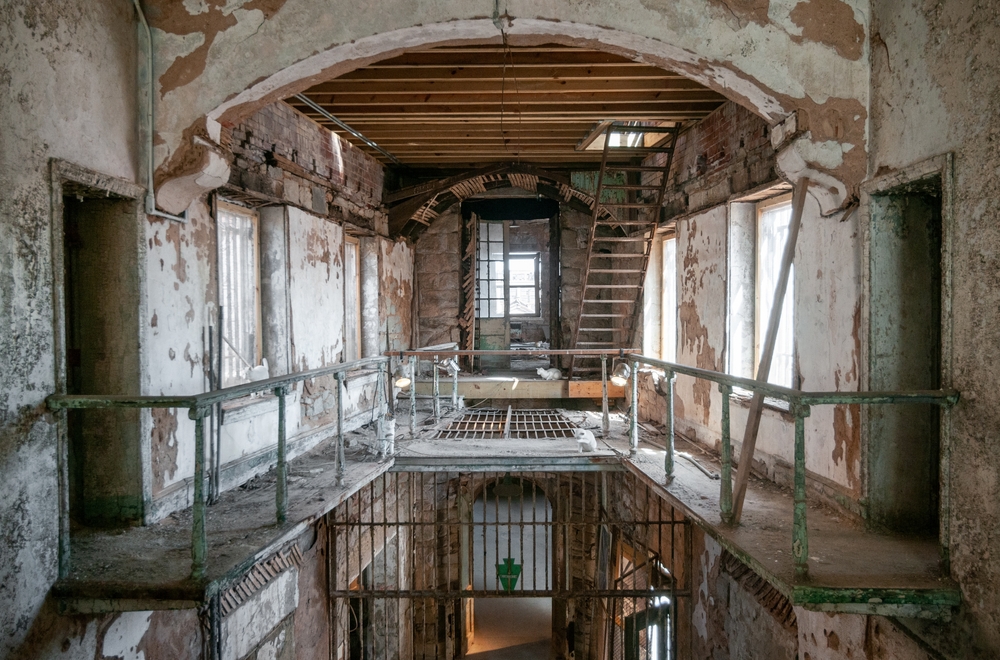
This massive prison once housed some of the most notorious criminals in American history. Built in 1829, it introduced a system of solitary confinement that was considered harsh even for its time. The prison became known for its eerie silence and long corridors. Visitors today often say they hear footsteps echoing in the empty cell blocks. Its towering Gothic walls make it a chilling place to explore.
The prison was abandoned in 1971 after overcrowding and poor conditions made it impossible to continue operations. Stories of ghostly sightings, such as shadowy figures and strange whispers, soon followed. Today it operates as a museum and hosts popular tours during Halloween season. People from around the world come to experience its unsettling atmosphere. Its haunting presence continues to draw both history buffs and thrill seekers.
Pripyat, Ukraine
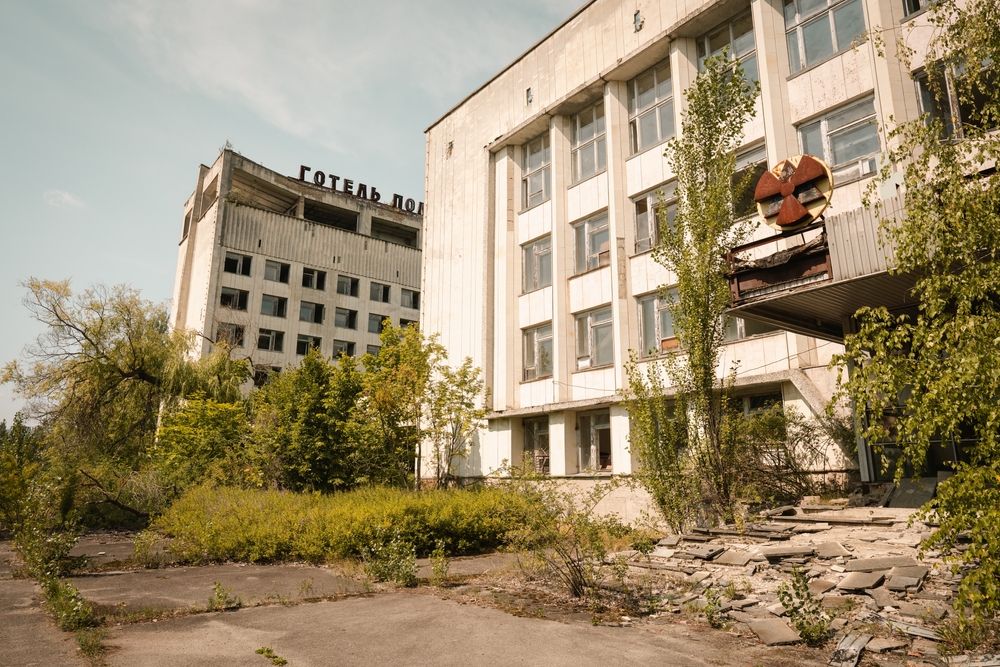
This city near Chernobyl was once home to nearly 50,000 residents. It was built in 1970 for workers of the Chernobyl Nuclear Power Plant. Life in Pripyat was vibrant, with schools, theaters, and amusement parks. After the nuclear disaster in 1986, the city was evacuated within days. What remains today is a frozen snapshot of life suddenly interrupted.
The Ferris wheel in the abandoned amusement park has become one of its most famous symbols. Many say the city feels trapped in time, with personal belongings still scattered in apartments. The radiation made it uninhabitable, yet guided tours allow visitors to safely see parts of the city. The silence of empty buildings makes the visit deeply unsettling. Standing there feels like being inside a ghost story written by history itself.
Hashima Island, Japan
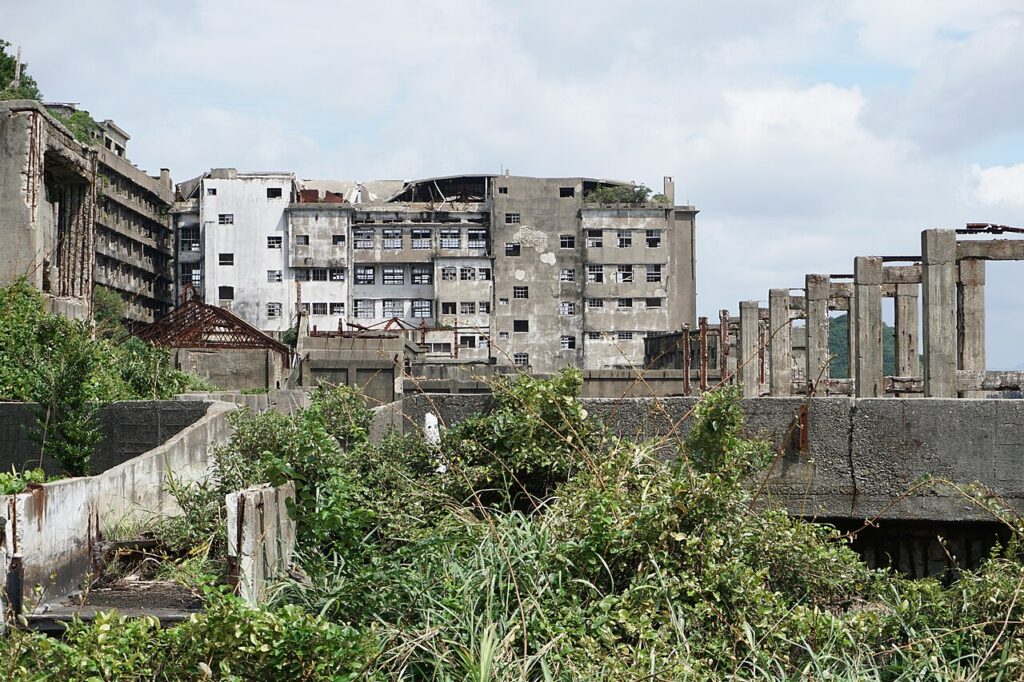
This island off the coast of Nagasaki was once a thriving coal mining facility. It opened in the late 1800s and quickly grew into a small city surrounded by sea walls. At its peak, thousands of workers lived in tightly packed apartment buildings. Known as Battleship Island for its shape, it became a powerful symbol of Japan’s industrial growth. When the coal industry declined, life on the island faded away.
By 1974, Hashima was completely deserted, leaving behind towering concrete structures. Over the years, stories of ghosts and eerie shadows have emerged among visitors. The decaying buildings and narrow alleyways create a strange, unsettling atmosphere. Today, tourists can take boat tours and walk along selected areas. Its haunting beauty has even made it a filming location for movies like James Bond’s Skyfall.
Chateau Miranda, Belgium
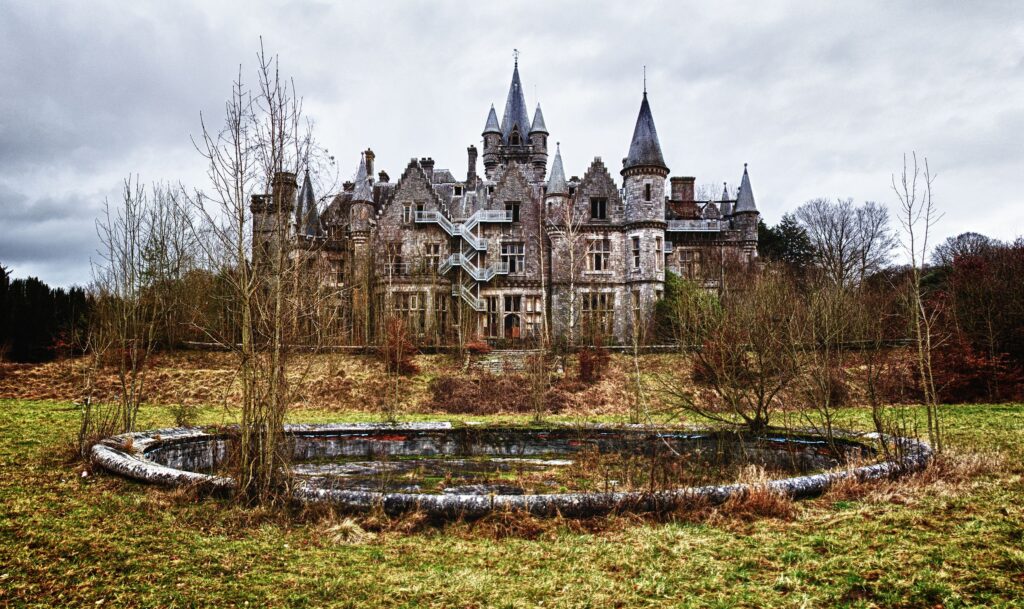
Built in the 19th century, this castle served as a lavish home for a wealthy family. Later, it became an orphanage and holiday camp for children after World War II. The architecture combined luxury with Gothic detail, making it look like a fairy tale turned dark. Over the years, neglect and disrepair took over its once grand halls. Eventually, the castle fell into complete abandonment.
Rumors of strange noises and ghostly sightings grew as the castle decayed. Many visitors claimed to hear children’s voices echoing through empty rooms. Vandals and urban explorers added to its haunting reputation. Although the castle was demolished in 2017, its eerie memory still lingers. Photographs of its ruins continue to circulate among those fascinated by spooky histories.
Humberstone and Santa Laura, Chile
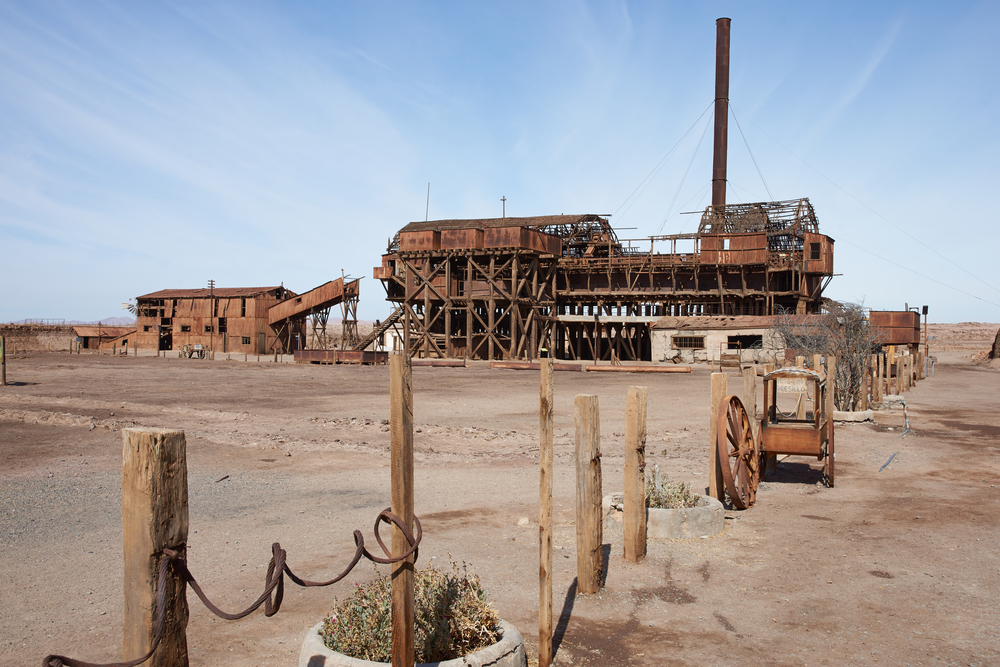
These two former nitrate mining towns once thrived in the Atacama Desert. Workers and their families lived in tightly knit communities with theaters, schools, and shops. The towns were bustling until synthetic nitrate replaced natural sources. By the mid-20th century, residents had no reason to stay. The desert quickly reclaimed the settlements.
Legends say that spirits of miners still wander the crumbling buildings. Tourists have reported hearing footsteps in abandoned houses and seeing strange shadows. Declared a UNESCO World Heritage site, both towns are preserved as open-air museums. Visitors walk through empty plazas and silent factories. The combination of history and desert silence makes the experience both eerie and unforgettable.
Beelitz-Heilstatten, Germany
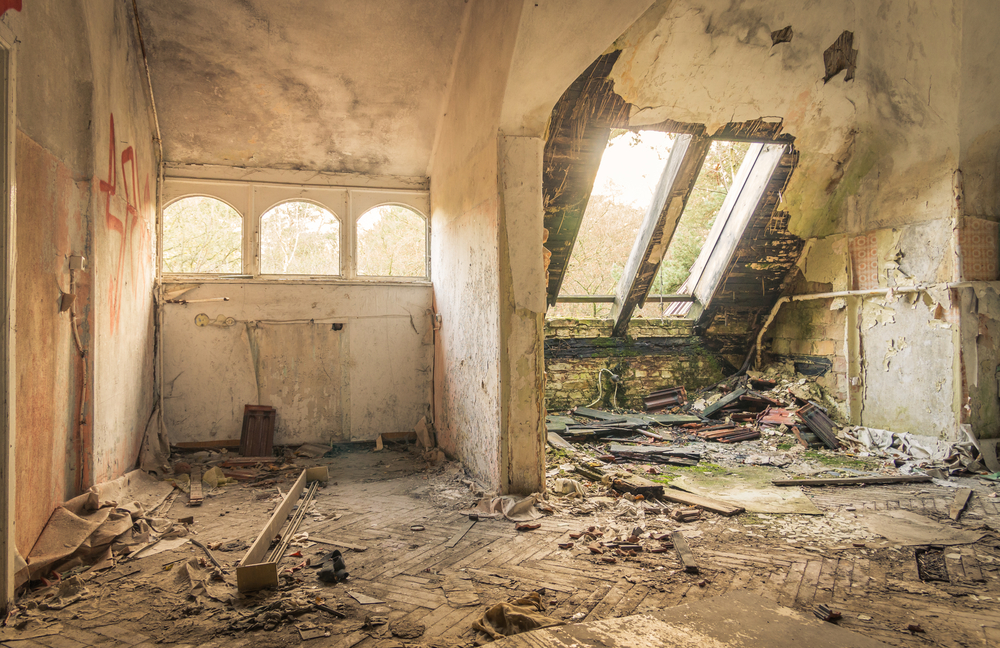
This vast hospital complex near Berlin was built in the late 1800s. Originally designed as a sanatorium for tuberculosis patients, it grew into a large medical center. During both World Wars, it served as a military hospital. Adolf Hitler himself was once treated here for injuries. After the fall of the Berlin Wall, it was left to decay.
Today, broken windows and overgrown paths create a chilling backdrop. Stories of ghostly patients and unexplained sounds spread among visitors. Parts of the complex have been used for horror films, adding to its reputation. Tourists can walk through selected areas on guided tours. The mix of history and decay makes it one of Germany’s most haunting abandoned places.
Bannerman’s Castle, New York, USA
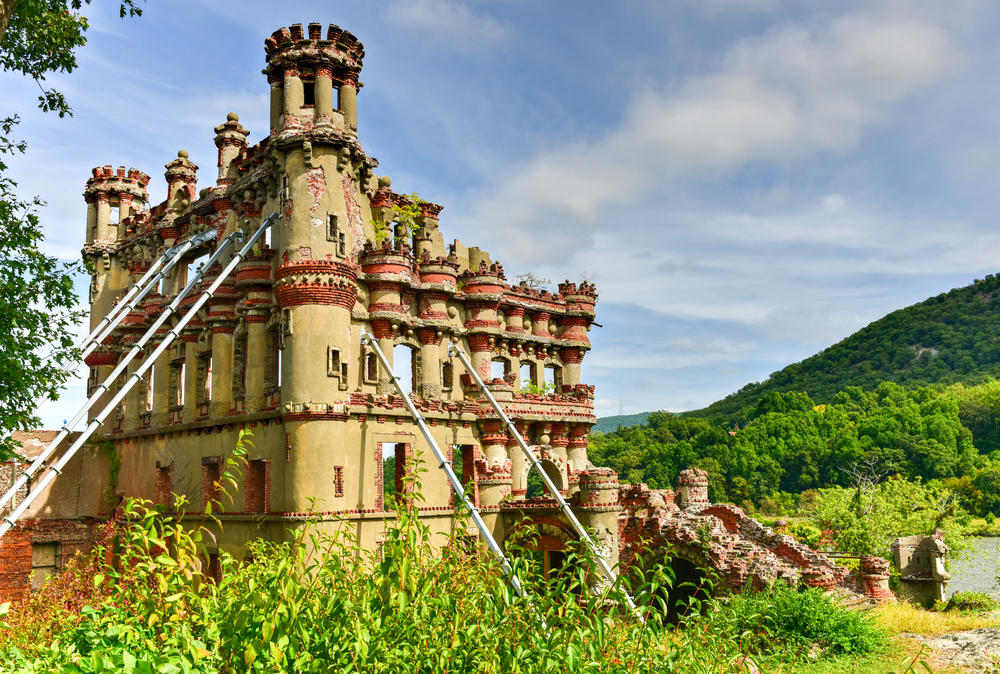
Located on Pollepel Island in the Hudson River, this castle was built in the early 1900s. It was originally a warehouse for surplus military goods purchased by Francis Bannerman. Its unique design made it look like a fortress rising from the water. Over time, the structure weakened due to fire and weather damage. By the mid-20th century, it was abandoned.
Visitors often describe the castle as both romantic and eerie. Crumbling walls and empty archways stand against the backdrop of the river. Legends of ghostly figures wandering the island add to its mystique. Today, tours are available by boat during warmer months. The ruins continue to fascinate history lovers and paranormal enthusiasts alike.
Kolmanskop, Namibia

This desert town was founded during a diamond rush in the early 1900s. German settlers built houses, hospitals, and even a ballroom in the middle of the desert. For a short time, it flourished with wealth and elegance. When the diamond supply dried up, people left in search of better opportunities. By the 1950s, Kolmanskop was abandoned.
Sand dunes now spill into living rooms and cover floors of once luxurious homes. The combination of desert winds and shifting sands makes the site look surreal. Visitors sometimes say the silence feels otherworldly. Guided tours bring people into the preserved buildings, offering a glimpse into its strange past. It is one of the most photographed ghost towns in Africa.
Kayakoy, Turkey
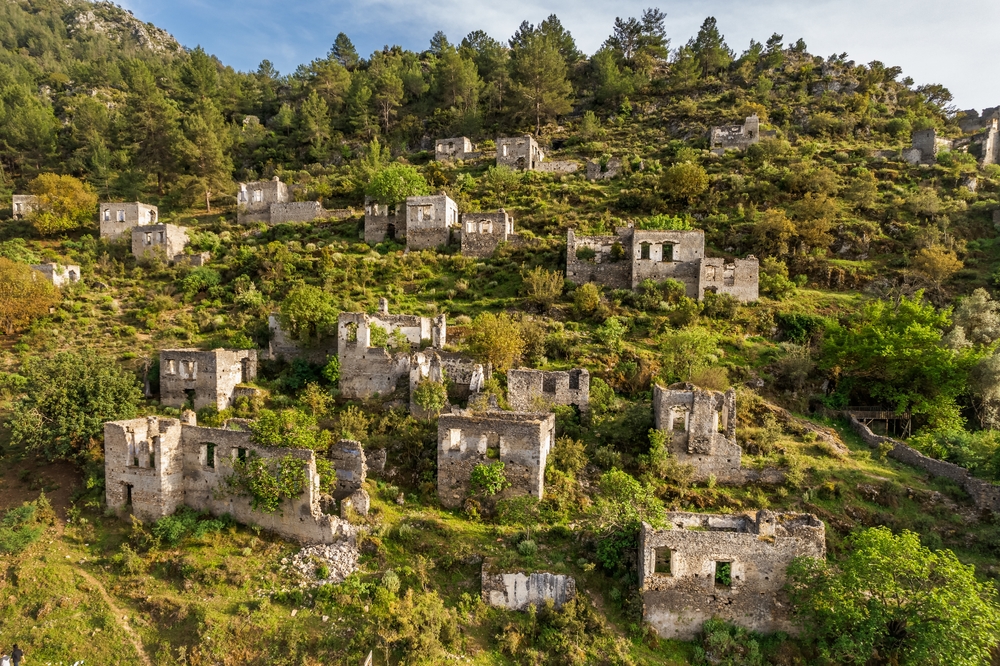
This hillside village was once home to a thriving Greek community. After the Greco-Turkish War in the 1920s, residents were forced to leave as part of a population exchange. Hundreds of stone houses, schools, and chapels were left behind. Earthquakes later damaged parts of the village, and no one returned. The town fell into silence.
Today, thousands of ruined homes sit empty across the hills. Visitors often describe it as both beautiful and haunting. Some legends speak of spirits wandering among the stone houses. The Turkish government has preserved the site as a museum village. It stands as a powerful reminder of forced migrations in history.
Oradour-sur-Glane, France
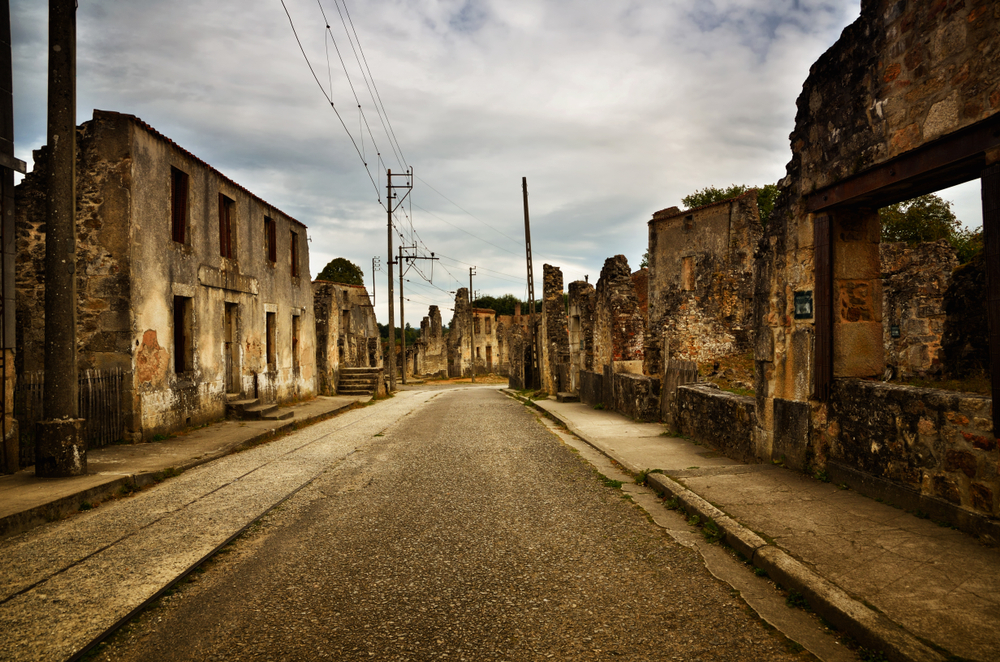
This village in central France was once an ordinary farming community. During World War II, it was the site of a horrific massacre by German troops. The village was burned, and its residents were killed. Instead of rebuilding, authorities preserved the ruins as a memorial. Walking through the streets today feels like stepping into a frozen tragedy.
Rusting cars, burned houses, and collapsed churches remain as they were left in 1944. Visitors often describe a heavy silence that surrounds the village. The French government maintains the site as a reminder of wartime horrors. Tourists come to pay their respects and reflect on history. The village stands as both a haunting memory and a place of remembrance.
Craco, Italy
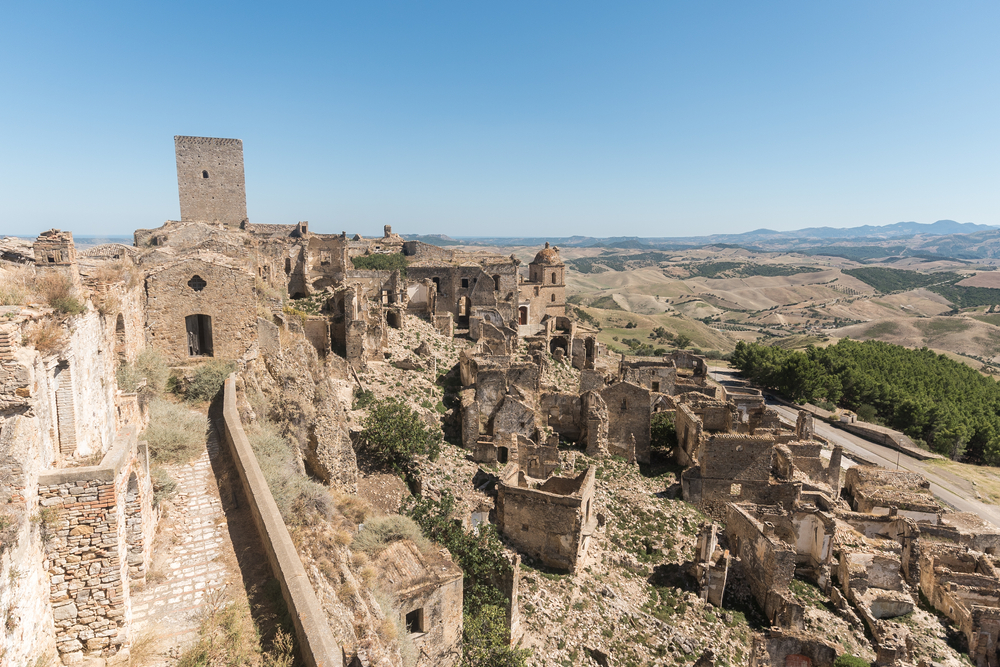
This hilltop town in southern Italy dates back to the 8th century. For centuries, it served as a thriving agricultural community. Its medieval towers and stone streets once bustled with life. Landslides and earthquakes in the 20th century forced people to evacuate. By the 1980s, the town was deserted.
Despite abandonment, Craco remains striking with its intact stone structures. Rumors of ghostly monks wandering its streets add to its haunting character. Film directors have used it as a backdrop for movies like The Passion of the Christ. Today, guided tours let visitors safely explore its ruins. The view from the hilltop makes the visit unforgettable.
Varosha, Cyprus
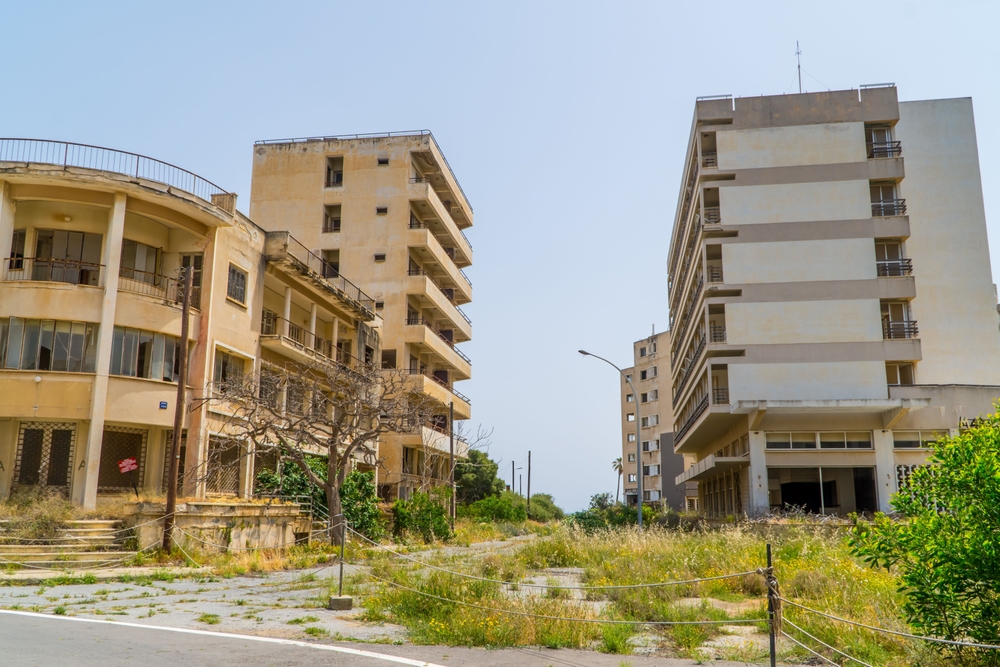
This coastal resort district was once a glamorous destination in the 1970s. Celebrities and wealthy tourists filled its luxury hotels and beaches. During the Turkish invasion in 1974, residents fled overnight. The area was fenced off and left untouched for decades. Nature began reclaiming the grand hotels and streets.
For years, Varosha was a forbidden zone watched over by military forces. Recent partial openings allow visitors to walk through parts of the ghostly district. The sight of empty hotels and decaying shops feels both eerie and sad. Many describe it as a modern ruin frozen in time. Its mix of beauty and tragedy leaves a lasting impression.
Bodie, California, USA

This mining town was established in the late 1800s during the gold rush. At its peak, it held thousands of residents, saloons, and bustling streets. Lawlessness and violence were common, giving it a dangerous reputation. As gold ran out, people left for better opportunities. By the mid-1900s, Bodie was nearly empty.
Today, Bodie is preserved as a state historic park. Visitors walk among wooden houses and storefronts left untouched for decades. Rumors of a curse say that those who steal artifacts face misfortune. Tourists and photographers are drawn to its eerie charm. Its ghostly silence makes the visit unforgettable.
Canfranc International Railway Station, Spain
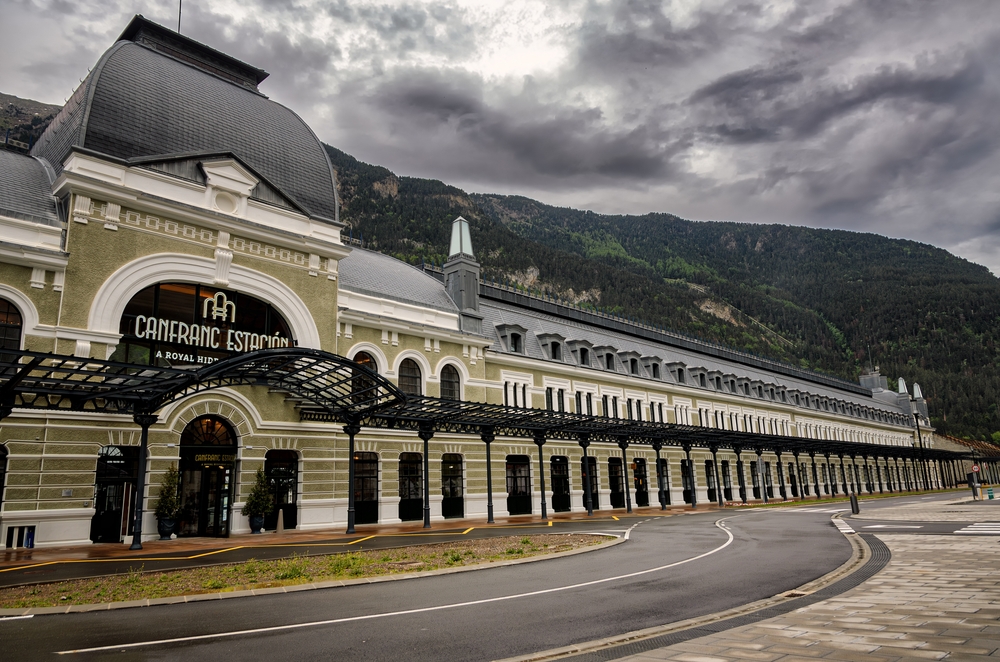
This grand station opened in 1928 as a major link between Spain and France. Its massive size and elaborate design made it one of the most impressive railway hubs in Europe. During World War II, it played a role in secret operations and smuggling. Decline in traffic led to its closure in 1970. The station was left abandoned for decades.
The empty platforms and decaying hallways give it a haunted feeling. Stories claim that strange footsteps echo through its corridors at night. Recently, restoration projects have begun, but large sections remain in ruins. Visitors are still drawn to its haunting beauty. It stands as a reminder of past glory and shadowy histories.
Pyramiden, Norway
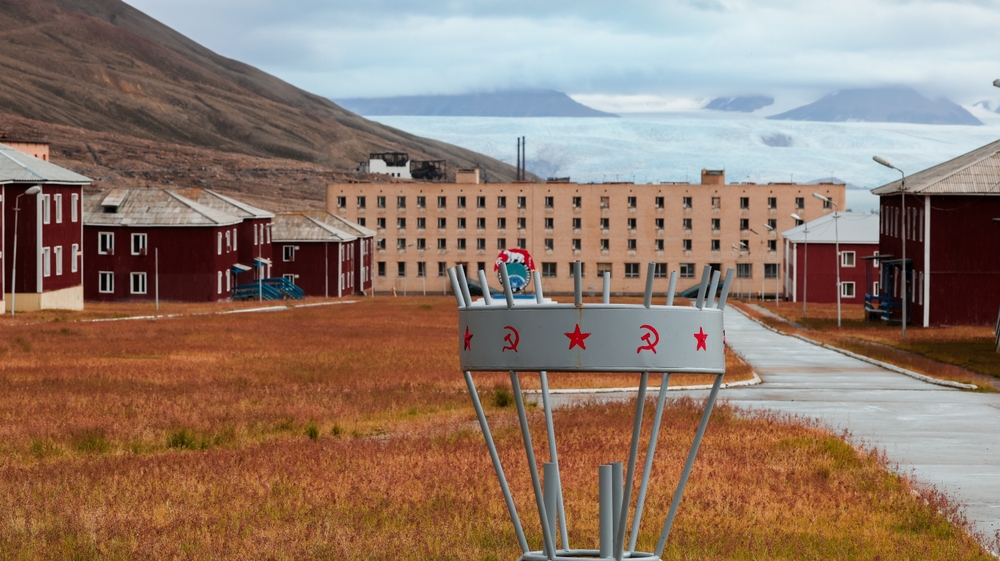
This Soviet mining settlement on the Svalbard archipelago was founded in 1910. For much of the 20th century, it thrived with schools, cultural halls, and sports facilities. The harsh Arctic environment made life challenging, but the community endured. By the 1990s, coal demand dropped and residents were withdrawn. The town was completely deserted in 1998.
Today, visitors arrive by boat or snowmobile to see the frozen ghost town. Abandoned playgrounds, empty apartments, and Soviet statues remain. Guides tell stories of life in extreme isolation and the sudden departure. Many describe the eerie quiet of the Arctic setting as unforgettable. It is a striking mix of history and desolation.
Houtouwan, China
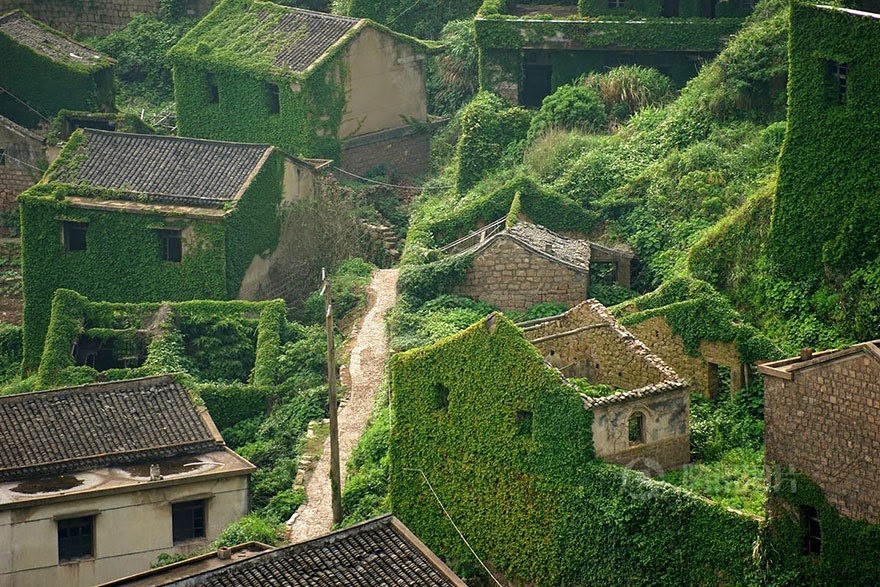
This fishing village sits on Shengshan Island off the coast of China. It once housed thousands of residents who relied on the sea for their livelihood. In the 1990s, the village was abandoned when people moved for better opportunities. Left unattended, nature took over the homes. Vines and trees now cover the stone houses completely.
The green blanket gives the village an almost magical yet unsettling appearance. Visitors hike through narrow paths swallowed by plants. The silence, mixed with rustling leaves, makes it feel alive in a strange way. Photographers are especially drawn to its unusual look. It stands as a striking example of nature reclaiming human spaces.
This article originally appeared on Avocadu.
